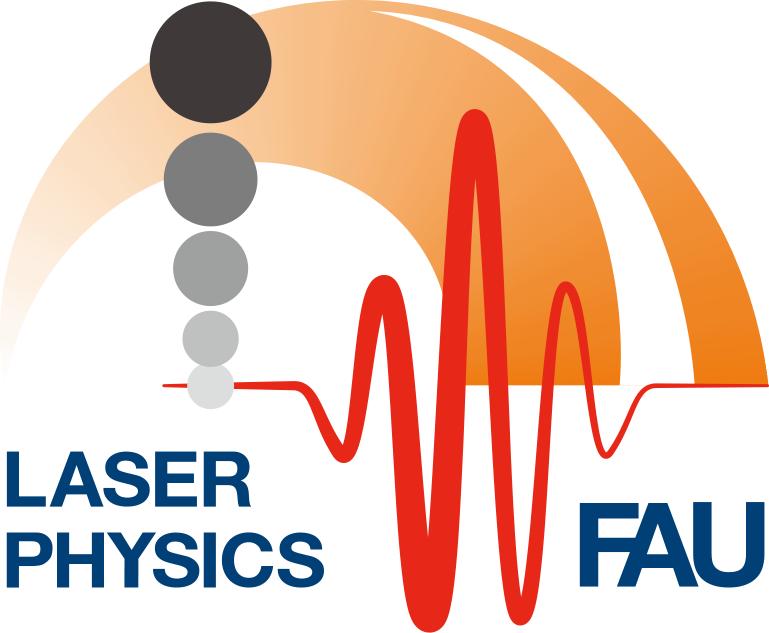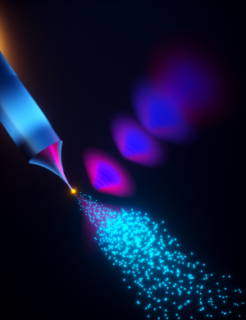Understanding attosecond physics at the tip of a needle – published in Nature
Attosecond physics, also called strong field physics, is based on the fact that electrons are emitted from something on the attosecond time scale and are accelerated thereon in the intense optical field. Some of the electrons are even driven back and collide with the body emitting them. For about 30 years this kind of physics has been studied on atoms and molecules, and for a good 15 years also on the surface of metals, namely on sharp metal tips. Philip Dienstbier and Timo Paschen with help from colleagues at Uni Konstanz and our theoretical colleagues from Rostock have now been able to deepen the understanding of attosecond physics at these metal needle tips by a major step. For this purpose, we sent extremely short laser pulses to the tips, which were composed of two colors. In a combined experimental-theoretical investigation, we were able to work out that, for example, the emision time for the electrons in our parameter range is in the region of 700 attoseconds – and, most importantly, we were able to measure this to within a few tens of attoseconds for the first time. These results have just been published in Nature, see here. Here is a press release from FAU about it.

